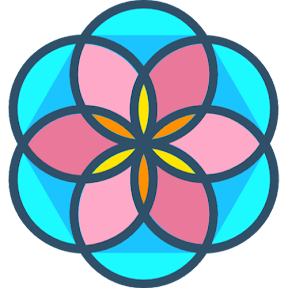Science and Art: An Intrinsic Interconnection for Holistic Understanding
Introduction
When it comes to the paradigms of human knowledge, Science and Art are often viewed as contrasting disciplines. Science is generally seen as analytical, precise, and data-driven, while art is considered emotional, expressive, and interpretive. However, a closer examination reveals that these disciplines are not only intertwined but also complement each other in fostering innovation, creativity, and a more comprehensive understanding of the world.
The Historical Context
The Renaissance Era: It was a time when polymaths like Leonardo da Vinci broke down the barriers between art and science. Da Vinci’s anatomical sketches, for instance, are at the intersection of his artistic skill and scientific observation.
Modern Times: Today, technological advancements such as virtual reality and 3D printing have merged artistic creativity with scientific algorithms, offering new platforms for expression and study.
Science in Art
Mathematical Concepts: Techniques like the Golden Ratio and perspective have mathematical foundations and have been used by artists to create aesthetically pleasing and realistic works.
Visualizing Data: Infographics and data visualizations are examples where design principles are used to present scientific information in a digestible format.
Art in Science
Scientific Illustration: In fields like biology and archaeology, detailed artistic skills are required to document new species or historical artifacts.
Problem-Solving: The creative thinking encouraged by artistic practices often leads to innovative solutions to scientific problems, such as the structure of DNA or advancements in machine learning algorithms.
The Cognitive Connection
Both science and art engage multiple cognitive faculties.
-
Analytical Skills: Scientific research often requires abstract thinking, pattern recognition, and hypothesis testing, skills which are also crucial in decoding complex artworks.
-
Creativity: While creativity is more openly celebrated in art, it’s essential in scientific research where novel approaches to problem-solving are often required.
Actionable Recommendations
-
Cross-Disciplinary Education: Integrate art subjects into science curriculums and vice-versa to develop well-rounded individuals.
-
Collaboration: Encourage collaborative projects between artists and scientists to tackle complex problems from both analytical and creative angles.
-
Public Engagement: Use art to simplify complex scientific concepts for public understanding, thereby improving science communication.
Conclusion
In summary, science and art, though distinct, are intrinsically interconnected. Their collaboration enhances not only our understanding but also our ability to communicate complex phenomena. Through cross-disciplinary approaches and an appreciation of both fields, we can look forward to innovations that would not be possible through a singular lens.
By understanding the coalescence of science and art, one gains a broader comprehension of the complex tapestry that makes up human knowledge and experience. The synergy between these fields paves the way for a more nuanced and enriched future, benefiting both individual growth and societal advancement.
